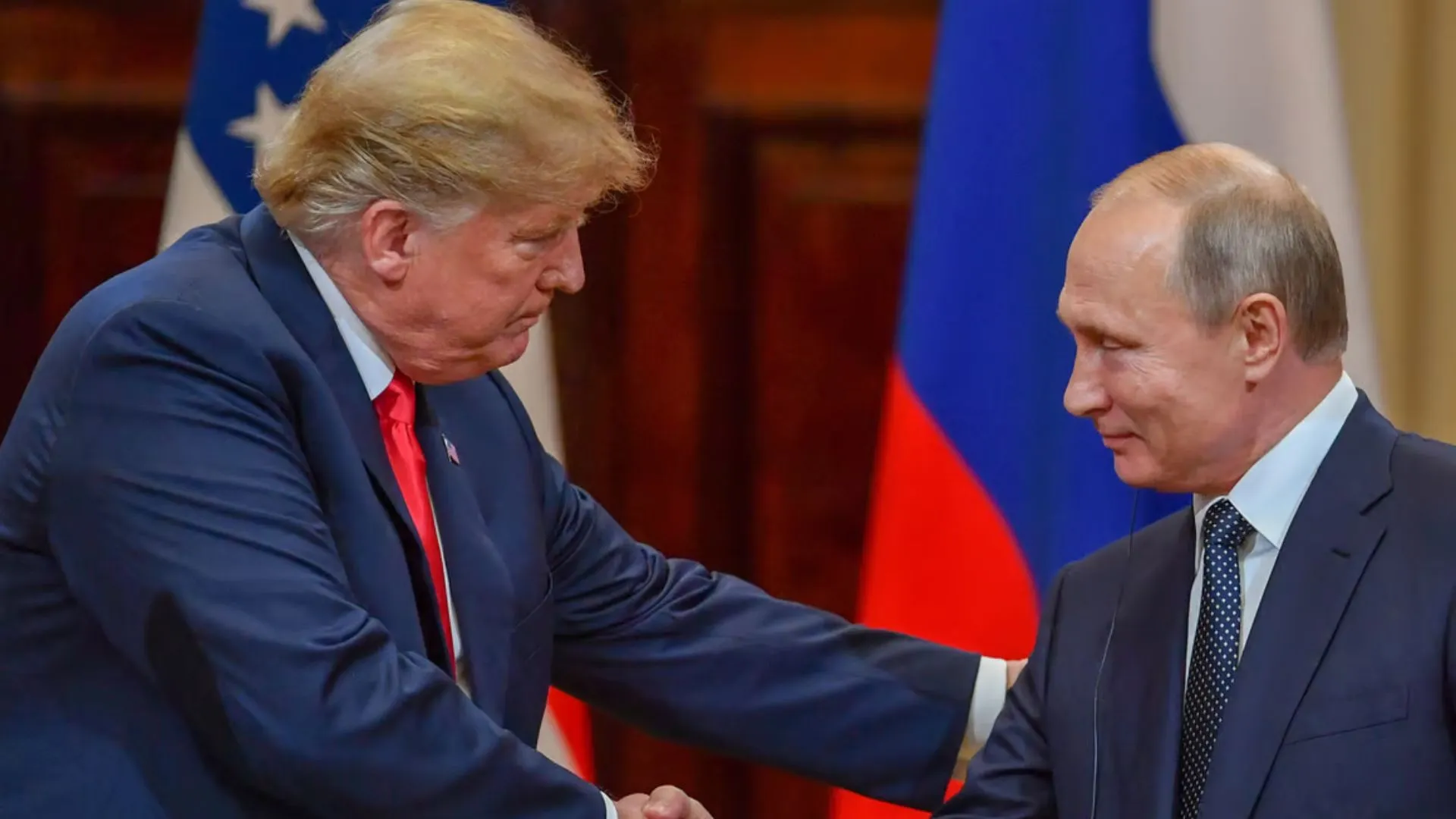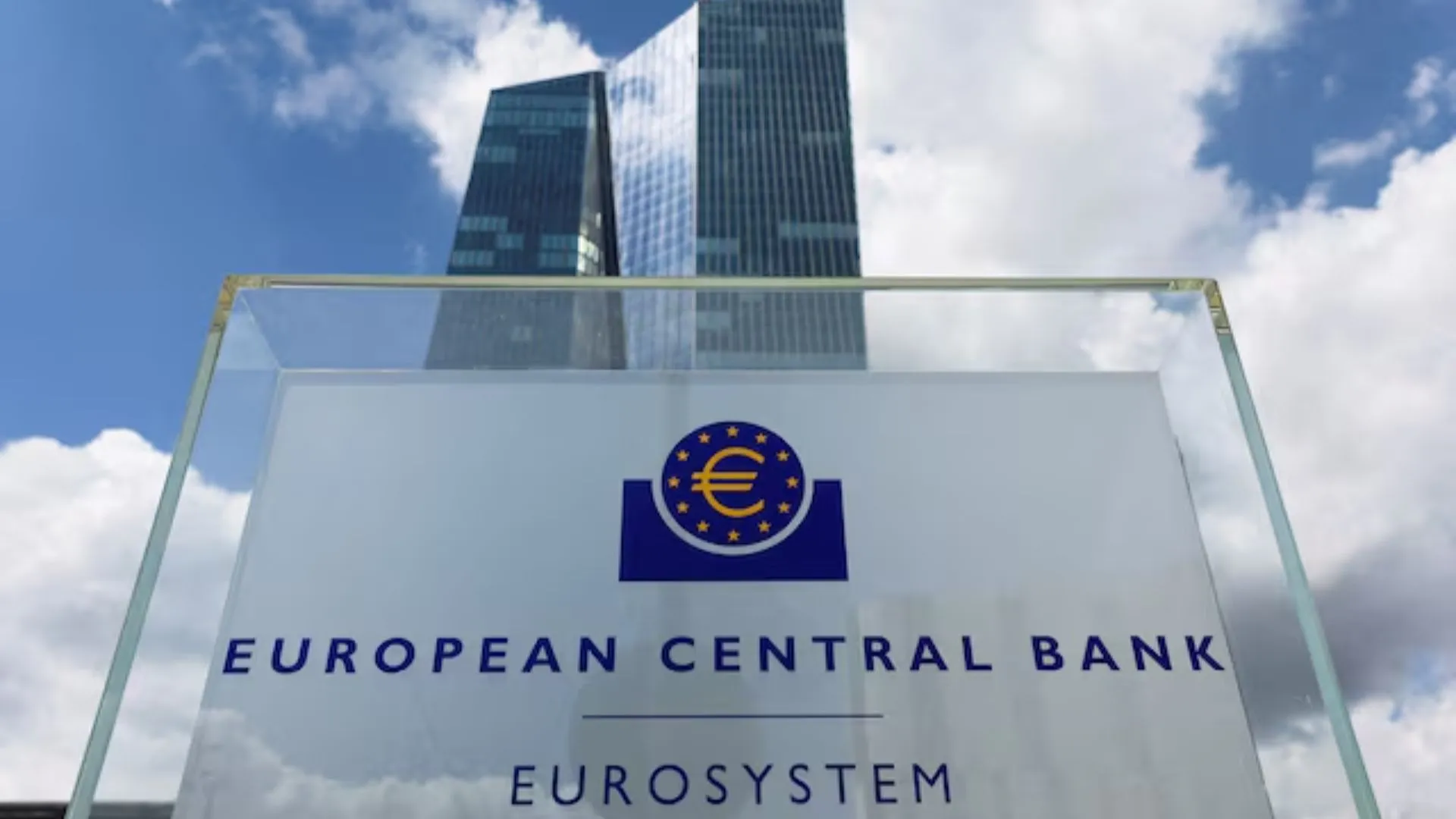In a move signaling renewed diplomatic efforts, the United States and Russia carried out a prisoner exchange on Thursday. The swap involved a Russian-American ballet dancer and a Russian-German electronics exporter, reflecting attempts to ease long-standing hostilities.
This marks the second such exchange under President Donald Trump, who has sought to repair ties with Moscow following years of strained relations triggered by Russia’s 2022 invasion of Ukraine.
From Sanctions to Stage: A Surprising Swap
Russia released Ksenia Karelina, a Los Angeles-based ballet dancer with dual US-Russian citizenship. She had been convicted of “treason” for making a one-time donation of about $50 to a pro-Ukraine charity.
Meanwhile, the US freed Arthur Petrov, a Russian-German national accused of violating sanctions by exporting American-made electronics to suppliers working with Russia’s military sector.
The exchange took place in Abu Dhabi, where video footage released by Russia’s FSB security service showed a dozen individuals in suits overseeing the swap.
President Trump stated that Karelina’s case was brought to his attention by the head of the UFC. The US then appealed directly to Russian President Vladimir Putin for her release.
“She is now out, and that was good. So we appreciate that,” Trump told reporters during a cabinet meeting.
He added, “We hope that we’re going to be able to make a deal relatively soon with Russia and Ukraine to stop the fighting. It’s so senseless.”
Footage from the FSB showed Petrov onboard a plane, where he told an off-camera interviewer that he hadn’t slept in two days but had no other complaints.
Petrov had been arrested in Cyprus in 2023, extradited to the US, and faced up to 20 years in prison.
Negotiated Behind the Scenes
The CIA credited Director John Ratcliffe as the lead negotiator in arranging the exchange. He worked closely with Russian intelligence and other international partners.
Ratcliffe acknowledged the assistance of the United Arab Emirates, stating the country was instrumental in facilitating the handover.
“Other Americans remain wrongfully detained in Russia,” said a CIA spokesperson. “We see this exchange as a positive step and will continue to work for their release.”
Attention remains focused on Stephen Hubbard, an English teacher detained in eastern Ukraine by Russian forces and accused of acting as a mercenary.
“We continue to work to free Mr. Hubbard and all other Americans unjustly detained,” said State Department spokesperson Tammy Bruce.
At the same time, US and Russian officials were meeting in Istanbul to discuss increasing embassy staffing, which has suffered from years of tit-for-tat diplomat expulsions.
The US also raised concerns about Moscow’s ongoing ban on Russian citizens working at US diplomatic missions inside the country.
Despite tensions, both countries made progress on an agreement to restore banking access for their diplomats, even under the shadow of US sanctions on Russia.
A Pattern of Prisoner Deals Emerges
Karelina, 33, had been sentenced to 12 years in prison after being arrested in Yekaterinburg in January 2024 while visiting her family. Russian authorities claimed her donation supported Ukrainian military supplies—an accusation she denied.
Supporters said she contributed to a US-based group delivering humanitarian aid, not weapons or ammunition.
Petrov, for his part, was accused of smuggling electronic components to Russia for military applications, a clear breach of US sanctions tied to the Ukraine conflict.
In February, following a call between Trump and Putin, Russia released Kalob Wayne Byers, a 28-year-old American arrested at a Moscow airport for carrying cannabis-infused gummy sweets.
Earlier that month, Washington traded US teacher Marc Fogel for Russian cybersecurity expert Alexander Vinnik.
The most notable exchange in recent history happened on August 1, 2024, when the two countries agreed to swap imprisoned journalists and dissidents—like WSJ reporter Evan Gershkovich—for Russian operatives held by Western nations.
ALSO READ: British Troops Could Be Stationed In Ukraine For Up To 5 Years, Says Report























